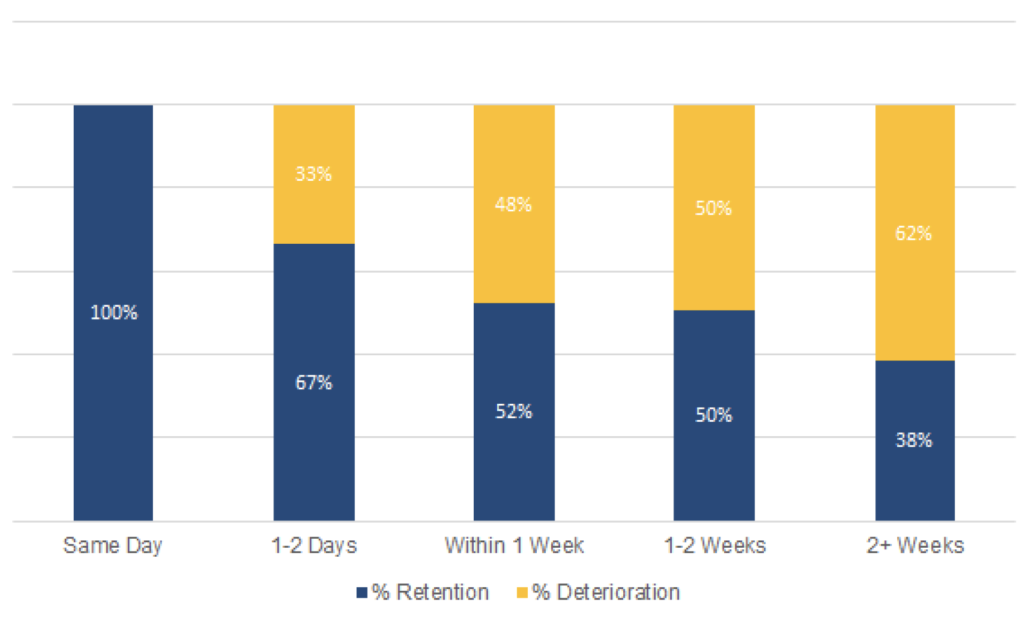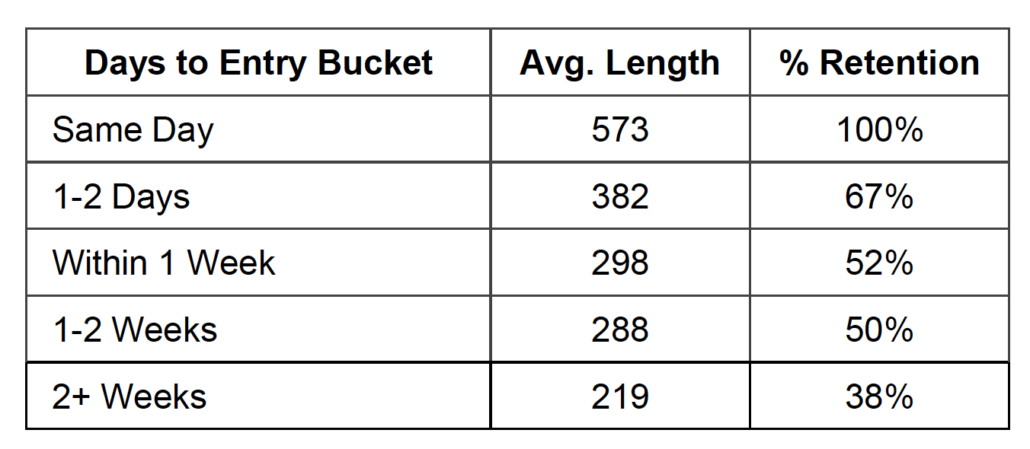Simple Steps to Avoid Costing Your
Company 50% of its Data
By: Tom Yen | 8-minute read
At Hey DAN, we’ve been partnering with leading asset management firms for over a decade. In fact, we serve firms with over $7.6 trillion in total market capitalization. Our position as an industry leader in CRM enablement has afforded us a unique perspective on the benefits and challenges associated with CRM adoption and compliance.
When implemented correctly, CRM systems become a valuable source of institutional knowledge that can be leveraged to generate business insights that fuel future growth. Unfortunately, many organizations struggle with implementation and find themselves unable to generate meaningful insights or significant growth. Most commonly, the missing ingredients for success are communication strategies that create buy-in from key stakeholders and the deployment of tools that facilitate CRM adoption and ongoing use. Volumes could be written on the finer details of either of these topics; in the interest of brevity, we’ll adopt a 30K foot perspective.
Buy-in must be established throughout the organization, from senior leadership to the sales team being asked to enter their notes each day. A well thought out communication strategy is essential to creating buy-in. For senior leadership, it’s important to emphasize how data from the CRM system can be leveraged to optimize targeting and the long term ROI of sales force effort. For members of the sales team, it’s all about providing tangible examples that illustrate how capturing data in the CRM will lead to improved business intelligence for the field resulting in higher success rates and more money being paid out to the sales team.
Tools that facilitate CRM adoption and ongoing use are another key ingredient to success. Although CRM systems are powerful tools themselves, they are not known to be user friendly and often require significant behavior modification from the sales team. Before adopting every tool under the sun, work with your end users to understand their current process as well as the friction points that hinder adoption and ongoing use of the CRM. Armed with that knowledge, look for tools that will address the greatest sources of friction.




